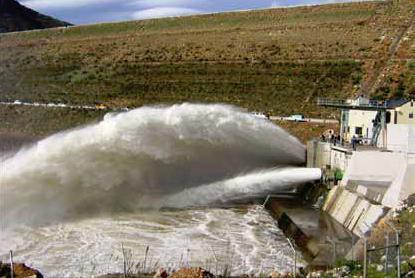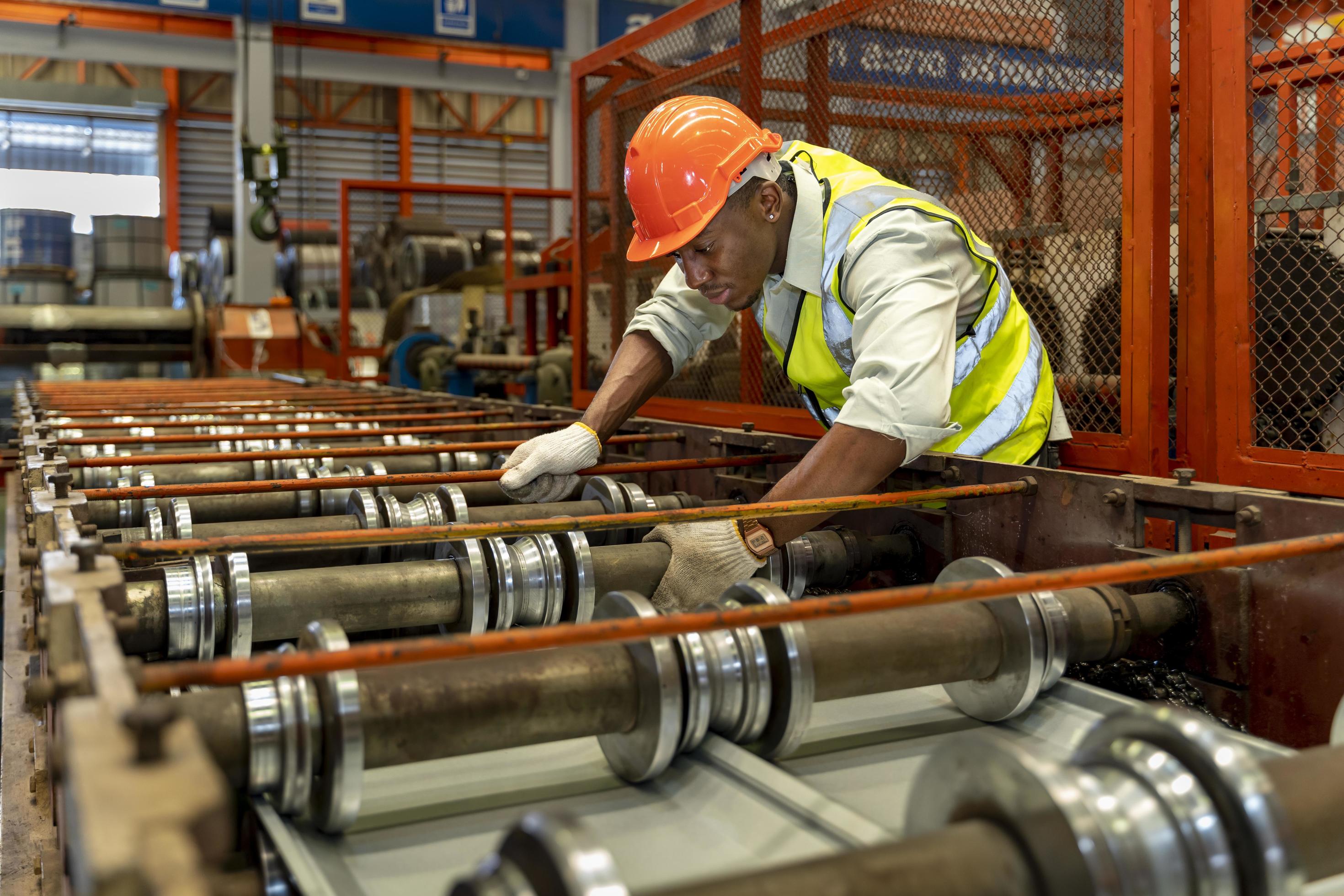
Water affects every aspect of our lives and in South Africa it’s regarded as a precious commodity. Dr Cornelius Ruiters, from the Department of Water Affairs, is charged with helping to improve water quality, supply and security on a limited budget. He tells Andrew Pelis about current initiatives to provide safe water for everyone.
The effects of climate change have been acutely felt around the world and water management has become an ever-more pressing issue. In Africa, this has exacerbated an already critical problem and put huge pressure on South Africa to ensure its approach to water can maintain the socio-economic development in the sub-Sahara region.
That responsibility falls squarely on the shoulders of the country’s Department of Water Affairs (DWA), one of South Africa’s oldest government departments. “Our department has existed since the beginning of the twentieth century,” says Dr Cornelius Ruiters, deputy director general, “and we cover areas of water infrastructure, maintenance and supply; our focus is very much on water management not only in South Africa but also through partnerships with our neighbouring countries.”
Ruiters says that the department’s focus spans a number of different uses of water, with agriculture the biggest beneficiary, followed by domestic use, mining, electricity and power generation, forestry, recreation and other users, in a group he calls the “water pie”.
At present the DWA is working on seven major projects to build and rehabilitate 25 dams across South Africa, all aimed at improving water utilisation and bringing potable water to everyone in the country. “There is a direct relationship between health and water quality and we aim to prevent illnesses like diarrhoea and cholera, although there are other water-born diseases like malaria that are nothing to do with us,” says Ruiters.
“We represent the whole country (serving a population of around 48 million) and we have achieved our Millennium Development Goals. At present roughly 93 per cent of the population receives clean water and we are moving towards 95 per cent. The challenge is to provide for rural communities—the topography and geography often make it technically difficult to implement operations to build the infrastructure needed. We are therefore aiming for universal access to water by 2014.”
The department introduced incentive based regulation of the South African municipal drinking water business in 2008. Its Blue Drop standards assess water quality across the country and have helped to identify areas that require further improvement. The initiative has seen water quality standards improve and supplies are now regarded as adequately managed by world standards.
The global economic downturn has impacted on the DWA’s funding and Ruiters says that the department is implementing R50 billion of water resources capital projects for the next five to 10 years, funded by the National Treasury of South Africa and by open market financial institutions. “Global meltdown has affected our capability to fund all of the necessary projects and we have looked elsewhere to help fund some of the commercial projects. For example, we might go to the open market to provide funding for power industry projects or for the liquid fuel industry, and this has included issuing bonds in the past.”
The department has prioritised projects and Ruiters explains that decisions have taken into account a number of factors including the socio-economic impact of each project. “There are areas like the Eastern Cape Province where we need to develop infrastructure and that has an impact on business in the area also. We continue to supply water through the most advanced integrated water systems in the world for the major water users; and the dams we have built and rehabilitated have provided some of the highest stored capacity also (up to 1,000 cubic metres per person).”
The work on dams has been intensive and Ruiters says that 22 of the country’s 161 dams to be rehabilitated have been refurbished along with connecting pipelines, with projects very much ongoing. “These projects can take up to 10 years to plan and five years or more to complete thereafter. The grand scale of these has led to the name ‘Mega Projects’ and there are unavoidably long lead times to complete them.”
Plans were announced in June 2009 that South Africa would spend in the region of R30 billion over the next five to eight years on continuing construction and establishing 15 mega water infrastructure projects. The then Water and Environmental Affairs minister Buyelwa Sonjica said that these projects would increase the capacity of existing water resources infrastructure to provide water to strategic installations such as the energy sector, the industrial sector and the mining sector, as well as for domestic purposes.
“Additional infrastructure programmes include an accelerated programme for the construction of the De Hoop dam, the continued partnership with the government of Lesotho for the implementation of the proposed phase two of the Lesotho Highlands Water Project, implementation of the project to augment the supply of water to Lephalale for use by Eskom and other petrochemicals industries,” Sonjica said.
Water sustainability was highlighted as a key focus and a number of desalination pilot projects are underway now, with municipalities from Mossel Bay to Richard’s Bay looking to utilise new technologies to create a viable freshwater option.
Additionally, projects such as the Mokolo Crocodile Water Augmentation Project will provide water supply for thermal-electric (coal-fired) power generation. However, pilot projects are now underway to improve acid mine drainage in the coal and gold mining regions of the country.
Ruiters says that at present the department has around 12,000 employees but feels more people are needed to fulfil all of its goals. “We work on a one-to-eight ratio, with one support staff individual to every eight technical people. We do have a problem attracting and retaining the right skilled professional engineers and there are lots of vacancies to fill here,” he admits.
Employment also takes into account the Black Economic Empowerment and Employment Equity initiatives which Ruiters describes as “part of the whole suite of attacking inequalities in South Africa.” This approach means the company utilises the services of black-owned supply chain partners, although projects are publicly tendered and contractors have to meet stringent requirements before they are awarded.
So with funding in place for the future, Ruiters has a clear mind on what the next few years will hold for the DWA. “For operations and maintenance we want to provide better infrastructure and maintain systems properly, so there is water for everyone.
“On the infrastructure side we have to unlock the social economic development for areas such as mining, agriculture, industries, forestry, nuclear, etc., and because our work affects those economies, it affects the whole sub-Sahara region. This is one of the issues that the World Bank recognised when it helped supply a loan for our work with Eskom on the Mokolo Dam.” www.dwa.gov.za



 DEPTofWATERaff_JAN11_emea_BROCH_s.pdf
DEPTofWATERaff_JAN11_emea_BROCH_s.pdf








